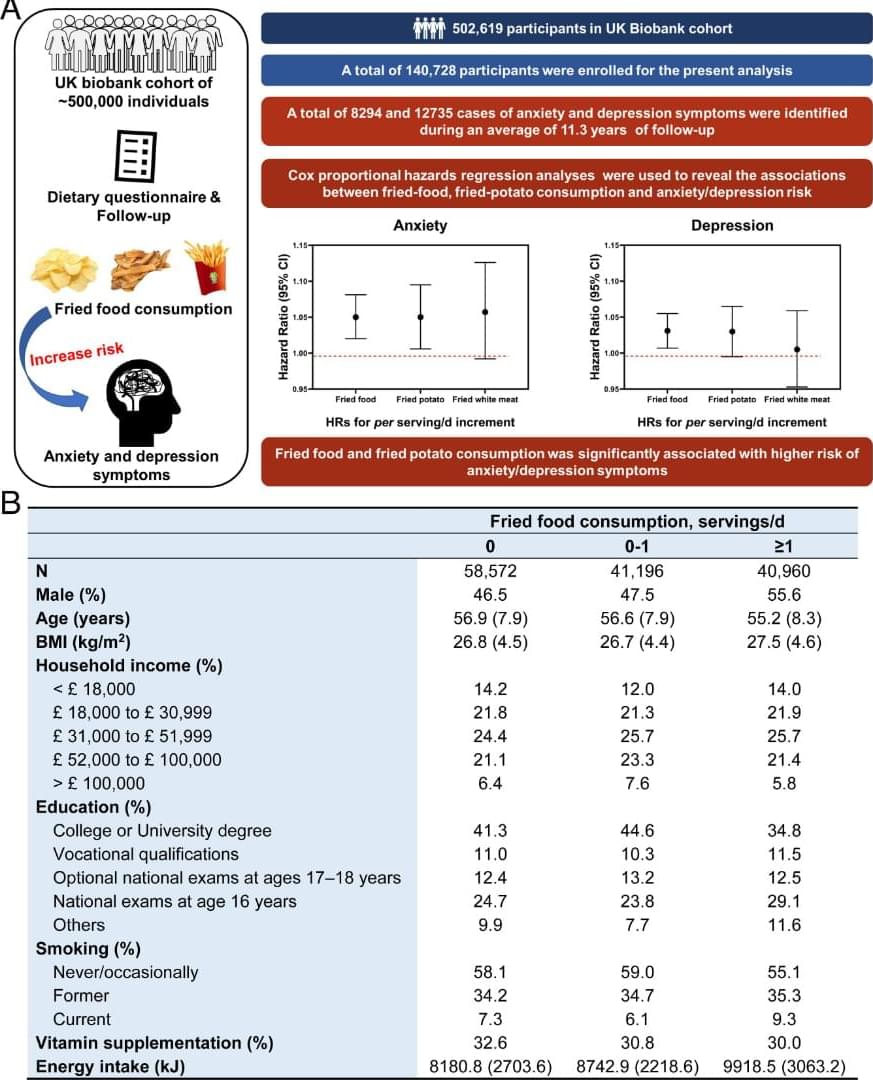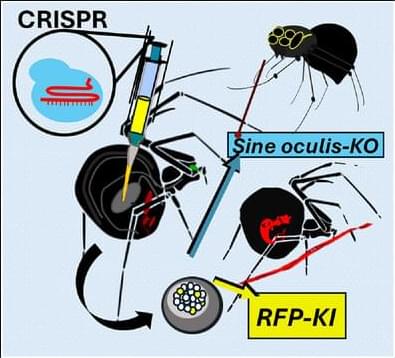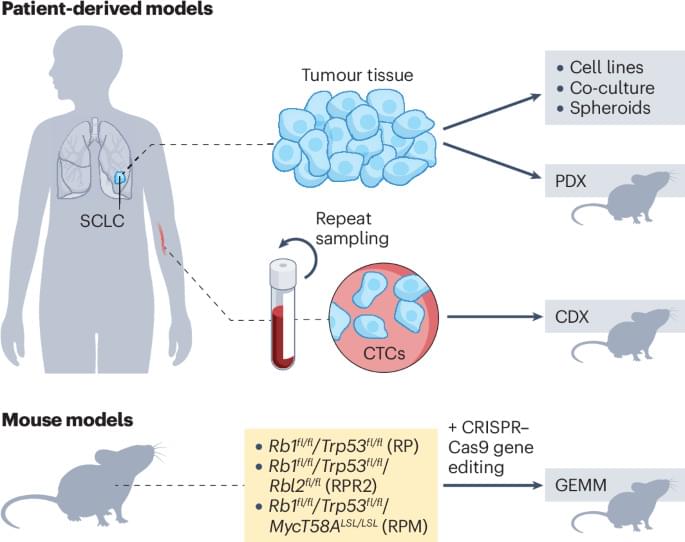To validate these simulated results, PhD student Omri Cohen fabricated a series of disks from two polymer layers. The lower layer was patterned with a regular matrix and the upper one consisted of thin lines radiating out from the center. When the disks were heated and then cooled again, the matrix layer remained the same, while the upper layer contracted by a varying amount along the radial direction. This difference induced a curvature in the disk, and the team was able to replicate the simulated series of shape transitions by varying the curvature and thickness of the disks.
Further analysis shows that the formation of each cusp acts as a focal point for the stresses that accumulate in the petal. In older petals this localized concentration of stress inhibits growth around the cusps, producing a concave distortion on the rounded edge of the petal. “This completes a nice feedback cycle,” explains Sharon. “Simple growth first generates Mainardi-Codazzi-Peterson incompatibility, leading to a mechanical instability that forms cusps. These cusps then focus the stress, which affects the further growth of the tissue.”
Understanding the mechanical mechanisms that alter the shape of rose petals as they grow could inform the design of self-shaping materials and structures for applications like soft robotics and deployable spacecraft. “The idea is to program internal forces to enable the material to shape itself, and this work offers a new strategy for creating more localized shaping,” explains Benoît Roman of ESPCI ParisTech, an expert in shape-changing materials. “But the real value of this study is that it provides a perfect example of using physics to uncover and describe a deep and general phenomenon.”









